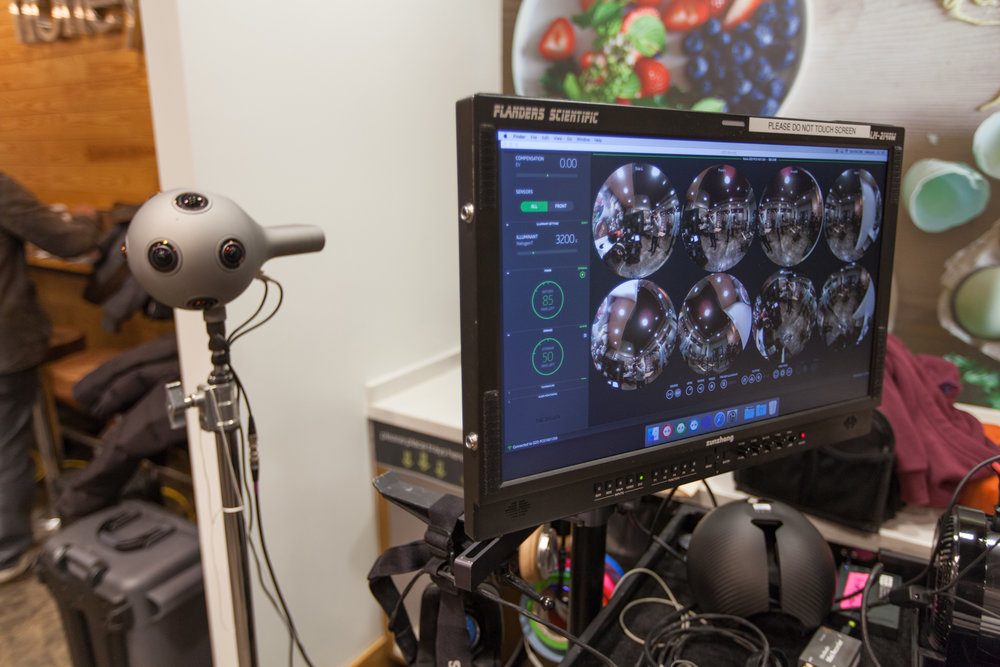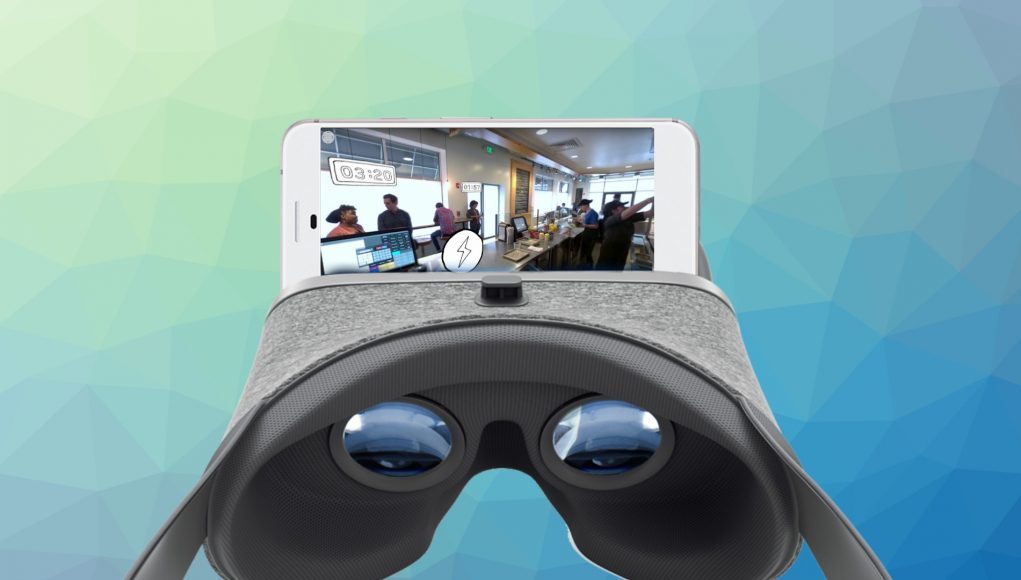If you’ve ever worked at a fast food or fast-casual restaurant, you know how the first day inevitably goes. The manager sits you down in some store room, wheels in a TV and makes you watch a training video that’s about as immersive as watching paint dry. Honeygrow, a Philadelphia-based chain of Asian-fusion fast-casual restaurants, is using a VR app that weaves together 360 video and interactive elements to teach new employees how to do their job.
Created by interactive art studio Klip Collective, the custom VR app features an overview of company culture and employee training, and consists of live action with integrated 2D and 3D animations including an interactive game.

Developed for Google Daydream, honeygrow’s vr training app uses the platform’s remote control to drive interactions, something the developers say made it especially easy for VR newcomers.
“We found that people were easily able to navigate through the experience more naturally with the point-and-click interaction of the Daydream controller. This controller made for a more direct connection to the app versus the soft-tap touchpad of the Oculus GearVR. We also used the additional buttons on the Daydream controller to add more input functionality to the experience. One the originally unused buttons was programmed to access a secret menu for internal demo purposes.”
Pre-loading a shipment of Google Pixels with the VR training app, the team provided each of honeygrow’s store a Pixel and Daydream headset so that every new hire will go through VR first before getting to the real thing.

According to Klip’s blogpost, 360 scenes were captured using their new Nokia Ozo, which allowed the team to see a real-time preview of the scene using an Oculus DK2 headset. “Having this option really helped everyone’s comfort level on set and made for an extremely efficient shoot day.” Klip speaks further on the 360 camera’s ease of use in capturing the live action scene:
The Ozo system also allowed us to preview and set our stitches on set. By seeing where the seams are between the lenses, we could frame our shots around potential stitching issues. After each take we could also review playback of the scenes in the headset, letting us know we got the shot and could move on. All of this turned the unfamiliarity of VR live action production into something more similar to a traditional live action production.
Having heard explanations in the hundreds on how to use a VR headset, it’s hard to imagine an easier, more user-friendly approach than plonking down a smartphone into a VR headset alla Google Cardboard—be it for the manager or the trainee. The catch is, unlike Cardboard, Daydream offers a much higher quality VR experience, one that is both more ergonomic and intuitive. Although it requires an impressive piece of kit to run—i.e any Daydream compatible phone—the prospect of starting a new job and being thrown into a near 1:1 ideal of what your daily tasks are without the added pressure to perform, can be the difference between pounding some foreign process into your head, and understanding something immediately so you can move on to the next task.
Check out a preview of honeygrow’s 360 training video below.







